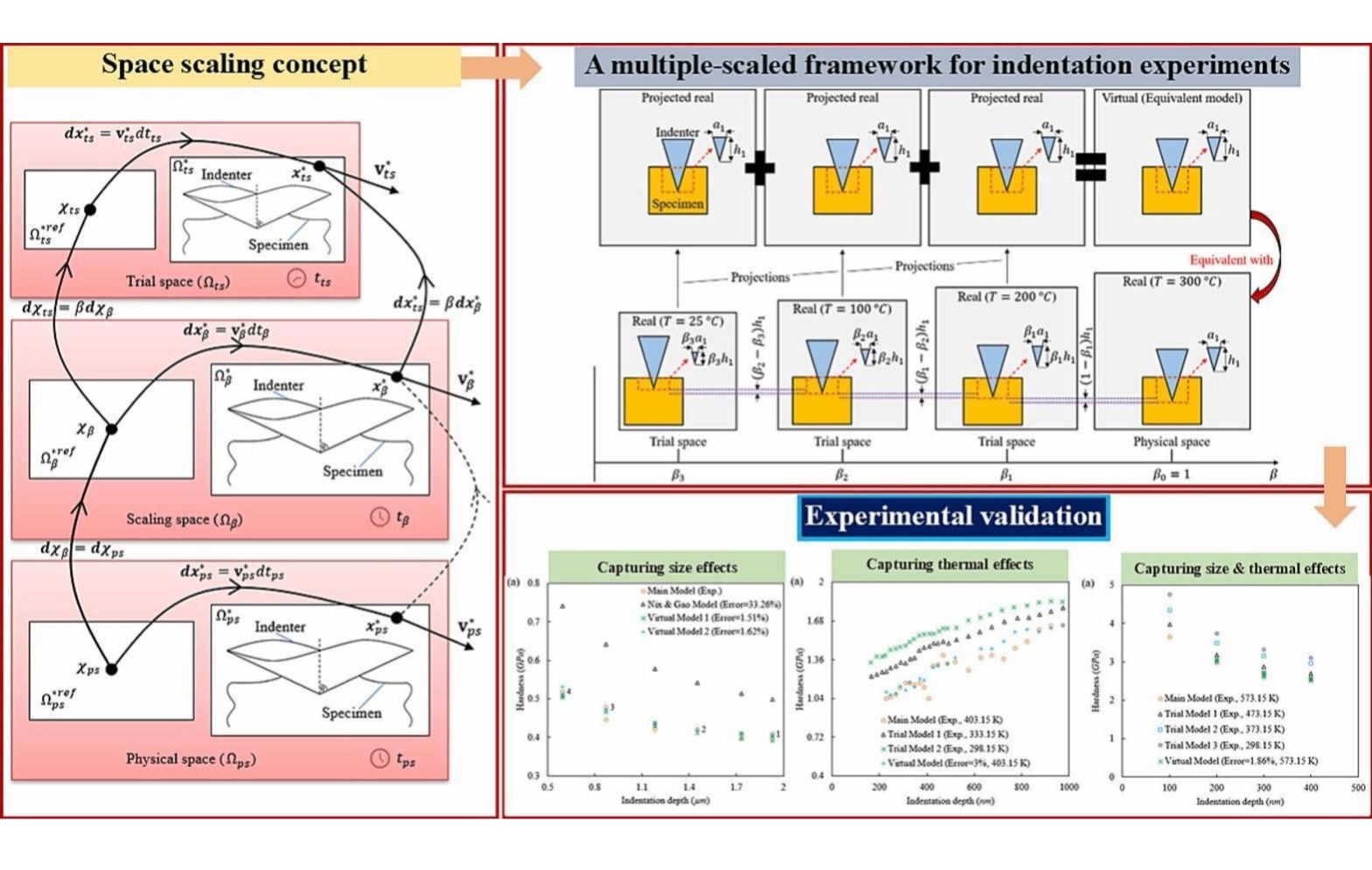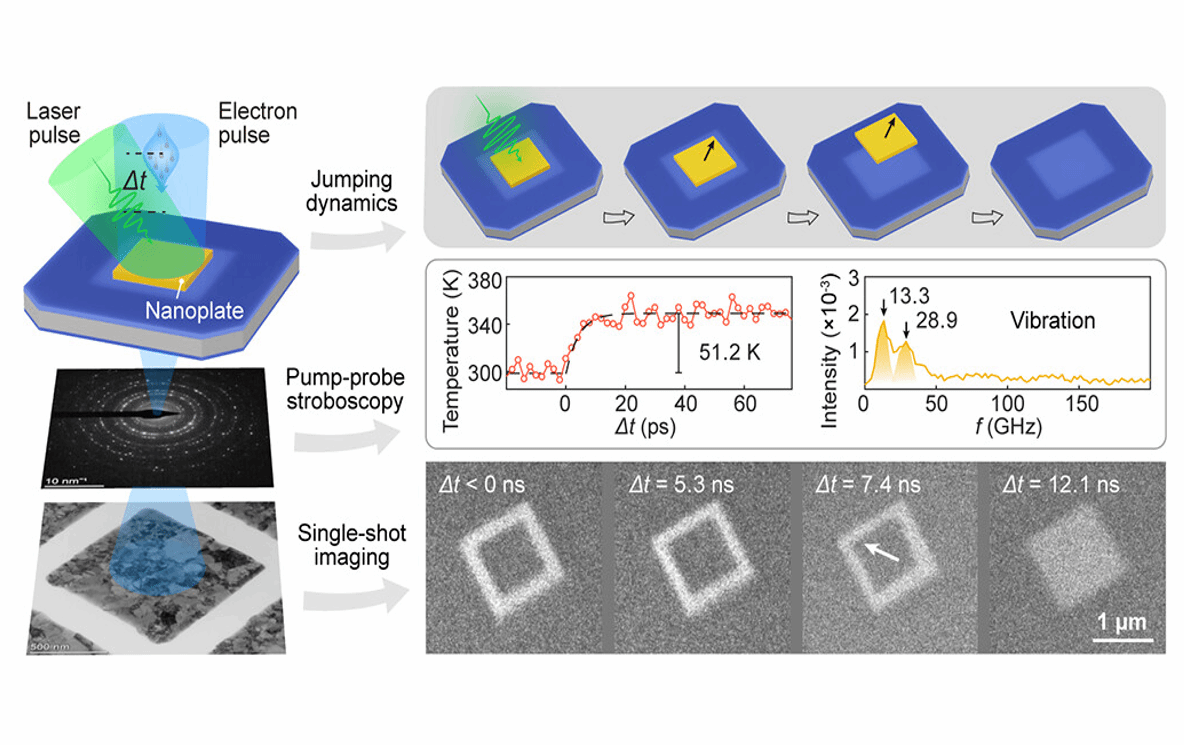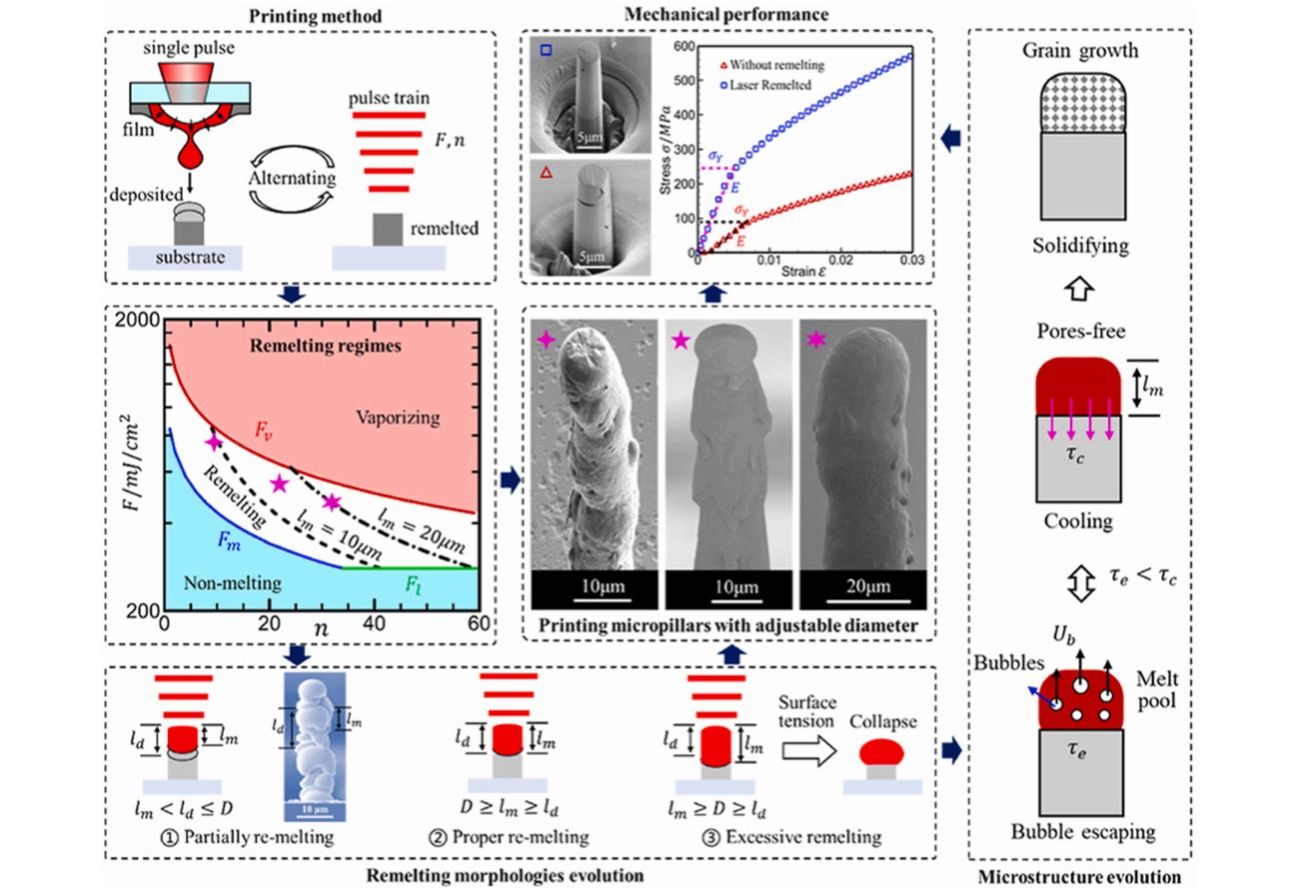Indentation size effects: A study via finite similitude scaling theory
Dr. Hamed developed a multiscaled approach for indentation experiments using finite-similitude scaling theory. This methodology can capture indentation size effects and enable high-temperature analysis. Simulations and experiments showed that similitude correction can achieve high accuracy in hardness recovery for crystalline materials, with errors mostly under 9%. This work was recently published in MATER DESIGN.
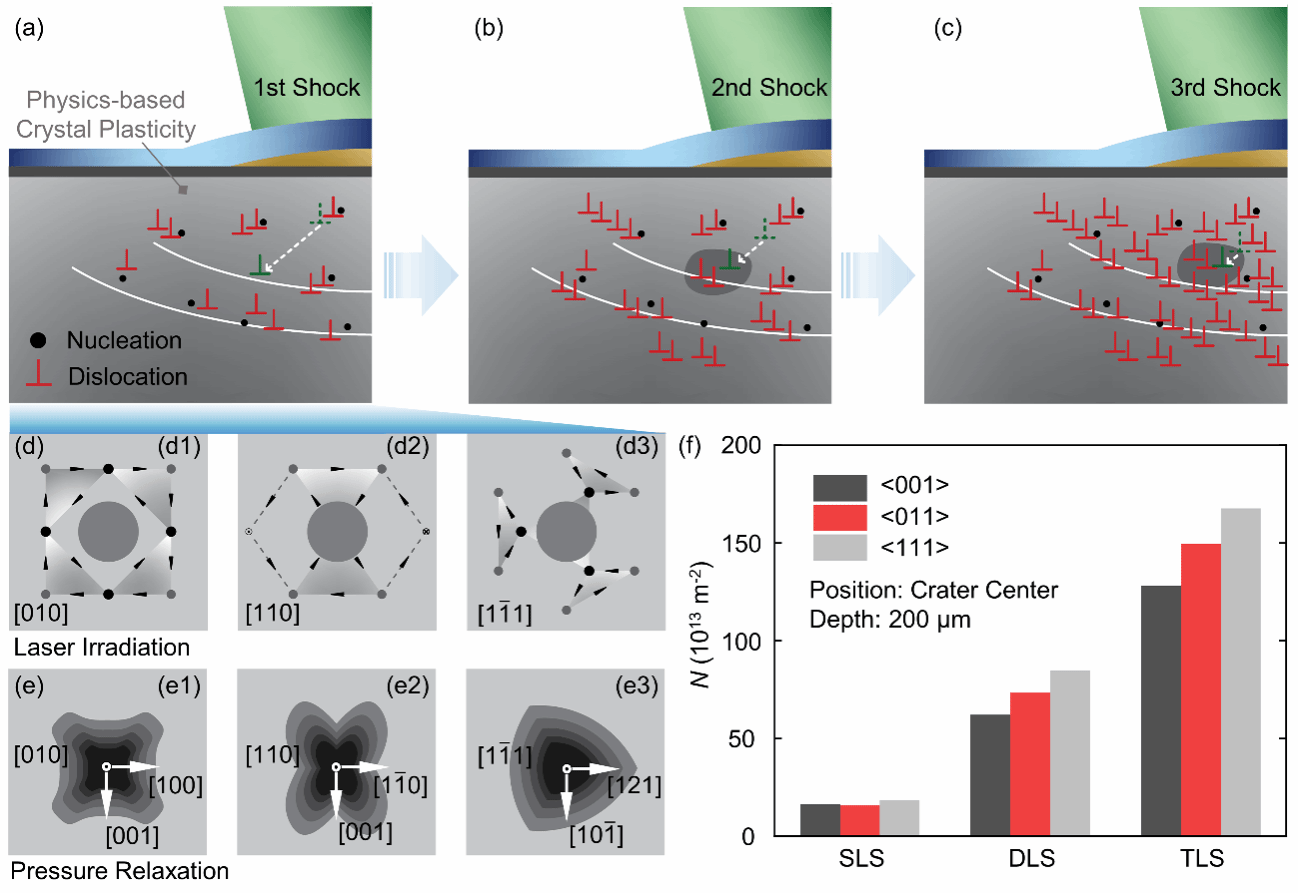
Dynamic dislocation response in aluminum single crystals under multiple laser peening: A physics-based crystal plasticity study
Ph.D. student Siyuan Chen simulated the dislocation response of aluminum single crystals under laser peening based on a crystal plasticity finite element (CPFE) model. The results indicate that dislocation patterns are axisymmetric during laser irradiation due to the ultra-high slip velocity. Phonon drag induced additional strength during the first shock for the low dislocation density. This work was recently published in INT J PLASTICITY
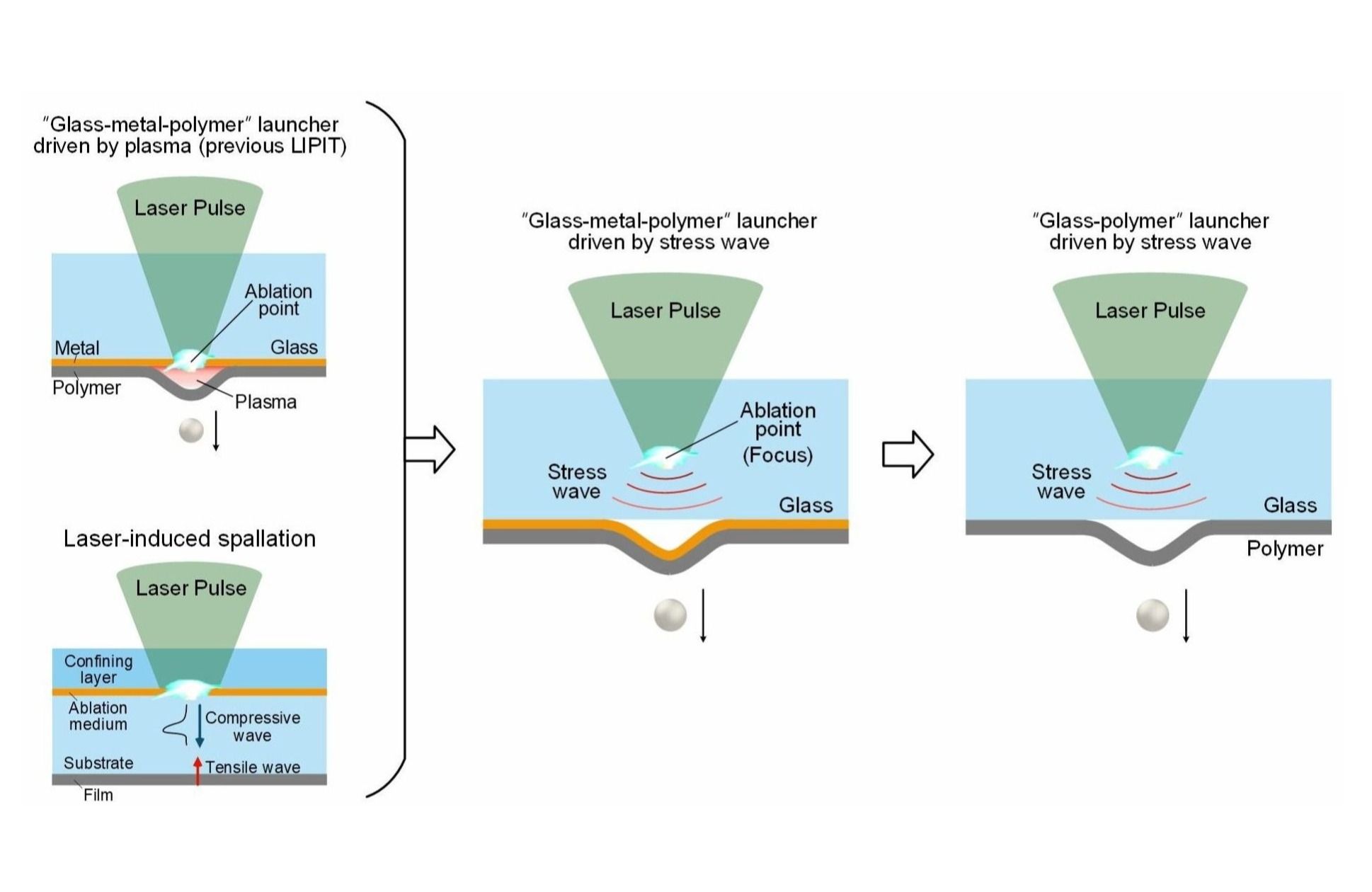
High-velocity projectile launcher of LIPIT: Utilizing stress wave driven by laser-induced glass breakdown
Ph.D. student Jiayu Chen proposed a novel method for launching projectiles by utilizing the stress wave driven by laser-induced glass breakdown, avoiding laser-plasma interference. The "glass-polyimide" launcher was developed for higher-velocity impact. The relationship between projectile velocities and laser/projectile variables was established and validated by experiments. This work was recently published in INT J IMPACT ENG

The scaling of laser peen forming: A two-experiment finite similitude approach
Dr. Hamed focused on the use of scaled experimentation for LPF to make experimental outcomes more broadly applicable to a wider range of process conditions. It is demonstrated in the work through experimental tests and simulation at two different scales, that geometric and loading similarities can be broken, yet the behavior of LPF can be quantified to good accuracy. This work was recently published in J MANUF PROCESS.
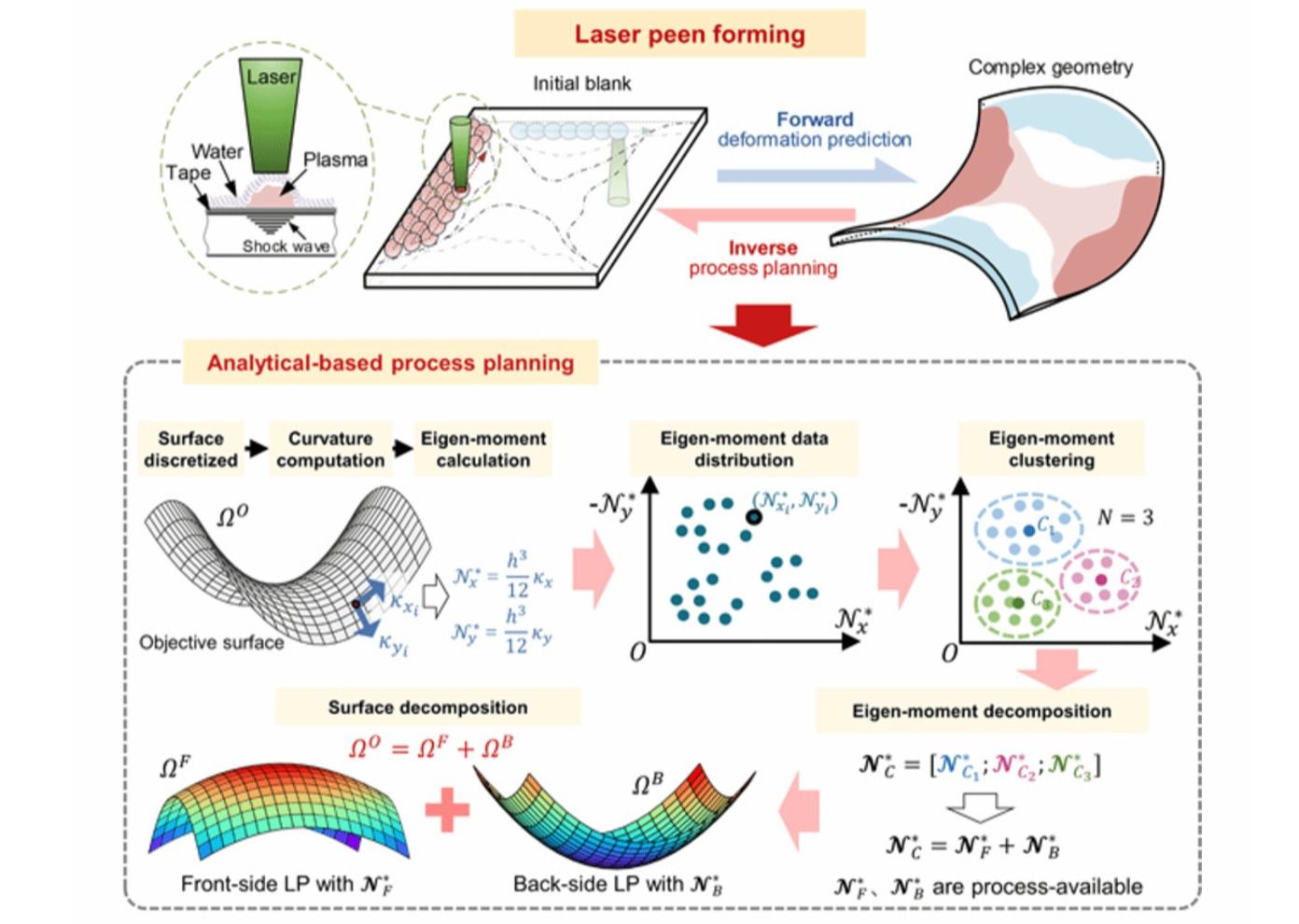
Process planning for laser peen forming of complex geometry: An analytical-based inverse study
Ph.D. student Jiang proposed an analytical-based process planning method for LPF of complex thin-walled structures and developed the analytical model between eigen-moment field and principal curvature field. Experimental results show high conformity between the deformed and objective surfaces, validating the proposed method. This work was recently published in THIN WALL STRUCT.
Laser-Induced Stress-Driven Nanoplate Jumping Visualized by Ultrafast Electron Microscopy
Ph.D. candidate Yu Zhou et al. conducted the time-resolved transmission electron microscopy observations and TTM-MD simulation to reveal a jumping regime of nanoplate driven by laser-excited stress without melting and sublimation. This study unveiled the jumping regime driven by impulsive laser-excited stress and offers understanding of light-matter interaction. This work was recently published in ACS NANO
